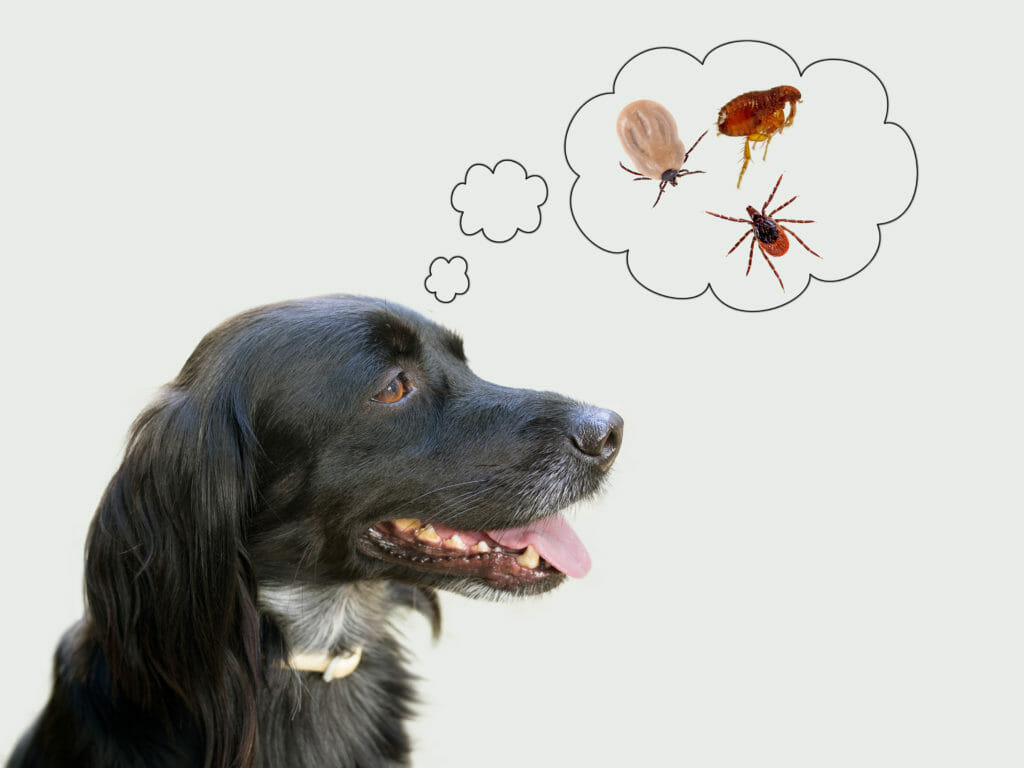The importance of oral hygiene in our pets will be discussed regularly throughout the months of January and February, including the detrimental effects that dental disease can have systemically on our pets and their vital organs.
For most people in Canada, regular visits are made to the dentist and hygienist, typically every six months to once yearly. For the remainder of the year, or for the rest of the 363 to 364 days, we are responsible for our oral hygiene through daily brushing, flossing and rinsing. Without this, there would be a constant progression of periodontal (dental) disease, and the same is true for our pets. As pet owners, we are responsible for the daily care of our pets, which includes care of their teeth. While chew toys and very specific diets can help, such as Hill’s t/d carried in our clinic, daily brushing is the most effective tool we have to maintain oral health and prevent dental disease. Below are six easy steps to incorporate tooth brushing into your daily routine with your pets.
- The first step is to work with your pet’s mouth. With a little patience your pet will soon accept your attention. Make it fun for both of you. Use a lot of love and especially praise to gain their confidence. Try to have your practice sessions at the same time each day so your pet gets into a routine. Late in the evening often works well, as everyone involved is generally in a quiet mood then. If your pet is highly motivated by food, try just before dinner with the meal acting as a reward for cooperating.
- Start by handling the muzzle and tickling the lips and soon you will be able to rub the teeth and gums with your finger. Put a few drops of water, flavored with garlic or garlic salt in the mouth daily. They will soon look forward to this treat.
- Next, use a washcloth or piece of fabric, wrapped around the end of your finger and flavored as above, to gently rub the teeth.
- Finally, use a soft toothbrush to brush the teeth – we have many options for pet toothbrushes right here in the clinic, and can demonstrate their use with you. Hold the brush at a 45 degree angle to the tooth and brush back and forth or up and down. Brushing the inside of the teeth is not necessary, and unless you have a very tolerate pet, may make brushing more of an undesired activity for them. Use the garlic water or tuna juice. Make it a game.
- Brushing at least three times weekly is the most ideal, with daily brushing of course much more effective. Human tooth paste is to be avoided as it contains products that can be toxic to our pets. Baking soda can be dangerous to older patients due to the excessive amounts of sodium, and hydrogen peroxide can be toxic to the delicate oral tissues and is harmful if swallowed. We carry veterinary toothpastes that contain enzymes and microabraisives to make brushing more effective, though it is the actual brushing that is the most important.
- It helps to give abrasive foods and toys such as dry kibble, raw hide strips and dense rubber chew toys such as those made by Kong®. Hill’s Prescription Diet t/d is a dry kibble maintenance food for dogs that has been scientifically proven to significantly reduce plaque accumulation. Avoid natural bones, dried cow hooves and hard nylon toys as these are hard enough to fracture teeth.
A consistent home-care program will greatly improve overall health, and contribute to the longevity of our pet. This will result in fewer required professional cleanings here at our clinic, increase the day to day comfort of your pet, result in fewer lost teeth as your pet ages, and an overall happier, healthier pet.




